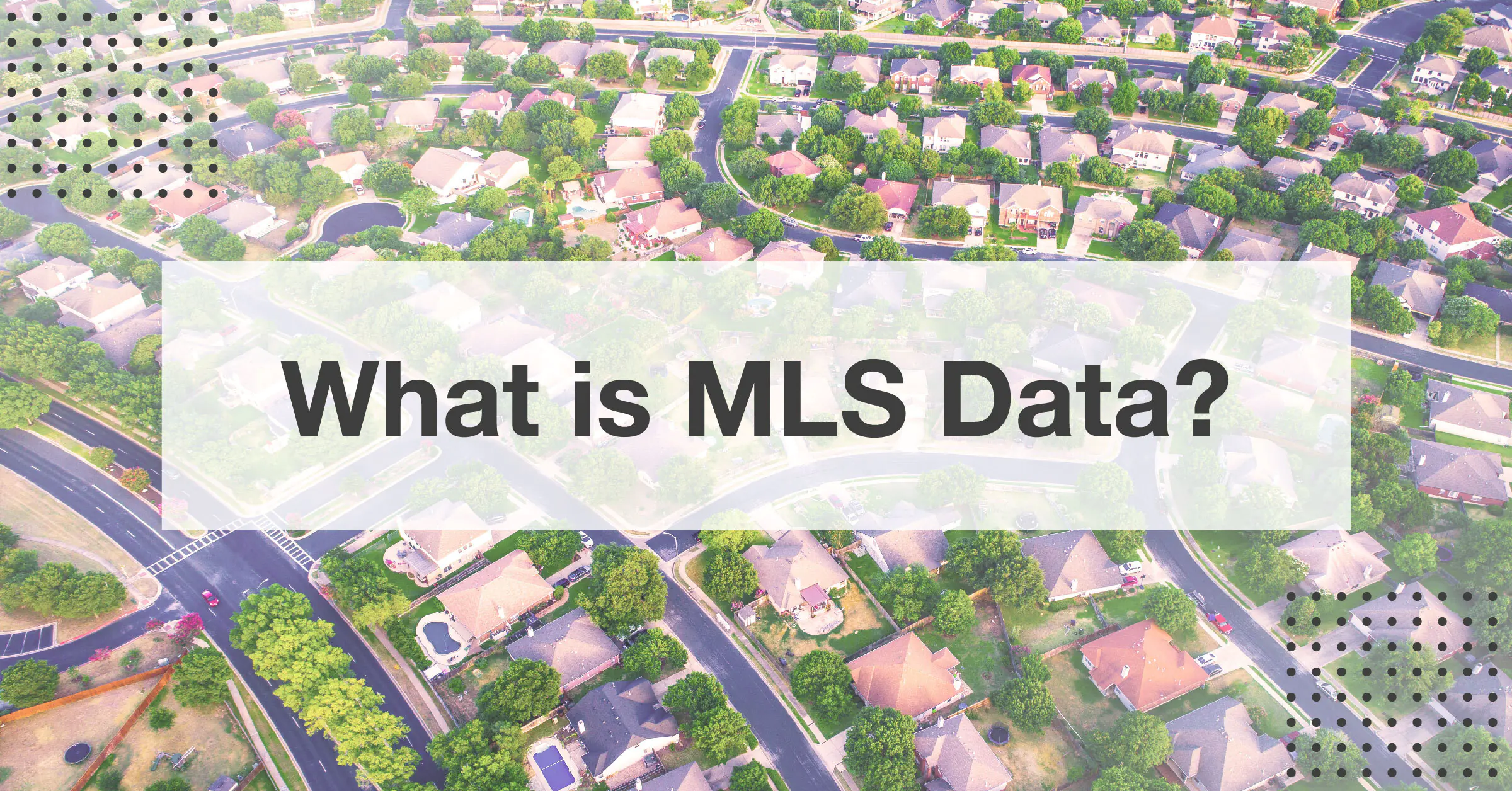The Multiple Listing Service, or “MLS,” are private databases established by selected real estate brokerages and maintained by a network of real estate professionals who help clients buy and sell property. MLSs have existed since the late 1800s.
Brokers would often gather at their offices and share private information about properties that needed to be sold. When brokers worked together to help sell a property, the broker selling it would compensate the brokers who helped them sell.
From there, a sort of “you scratch my back, and I’ll scratch yours” mentality developed in the real estate world, and the MLS was born. Today, MLSs are still meant to help brokers and agents connect on-market properties with eager buyers.
Individual MLSs
There are nearly 600 MLSs in the United States, and each one operates as its own entity, allowing them to have control over their own data.
While MLSs operate as their own entity, they still have to follow regulations set forth by the NAR (National Association of Realtors). As long as each MLS doesn’t contradict the NAR regulations, they can set individual rules within their organization.
Within each MLS, there’s a network of real estate professionals like agents, appraisers, and brokers who pay dues to access the MLS’s data. These MLS dues cover operational costs and perks or benefits offered to members. These perks are meant to attract more licensed professionals to become members.
Regulations for the MLS
One of the perks of joining an MLS is accessing private data that is not shown in public MLS listings.
Since benefits are offered to paying MLS members, the NAR has strict regulations about third parties accessing specific MLS data. Essentially, the MLS is like a sort of “private club.” Within this club, members are entitled to additional real estate data that will help them make the most informed decisions.
This encourages more real estate professionals to join an MLS and contribute dues if they want to gain an edge against the competition.
How Data is Continuously Added to MLSs
MLSs are maintained by agents and/or their assistants in a brokerage. They are responsible for creating compelling listing descriptions, photos, and other property details.
While this system is helpful for staying up-to-date on listings secured by a variety of agents, from time to time user error can cause incorrect information to be entered into MLS databases. While most agents are extremely thorough with data entry, mistakes can happen, leading to inaccuracies that are then picked up by third parties.
Additionally, a property can exist on multiple MLSs, so the property information entered in each MLS may not be exactly the same across the platforms. For example, in an agent's primary MLS, they might be thorough but in a secondary one that they use to help broaden their reach, they may not add all the same information and vice versa.
These situations are why you may see from time to time an MLS dataset that seems off or incomplete. For example, an agent may have added an extra zero on accident or typed in an incorrect date for 100 years in the future, etc. Sometimes, they may even leave the asking price in, even though the property did not sell at that price. This is why having access to public record data can come in handy as a visual spot check.
Learn More About MLS Data
You now understand what MLSs are and who uses the service. However, you may still be wondering exactly what data they provide their members and why it’s so valuable for real estate entrepreneurs of all types.
To help you get a better understanding of public vs private MLS data, the importance of accessing private data, and how real estate entrepreneurs can access private data, check out part 2 of our MLS series: What is MLS Data?



